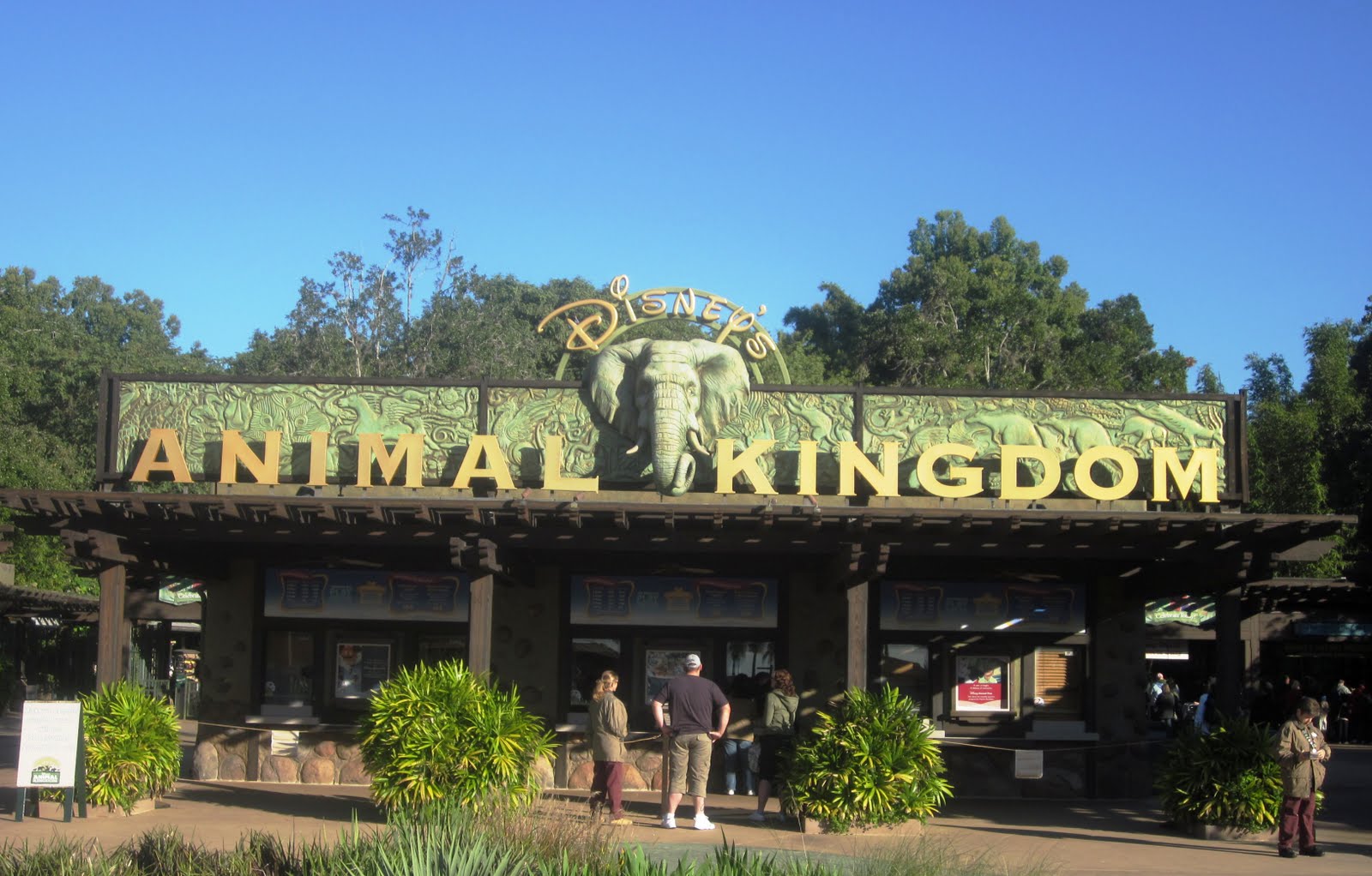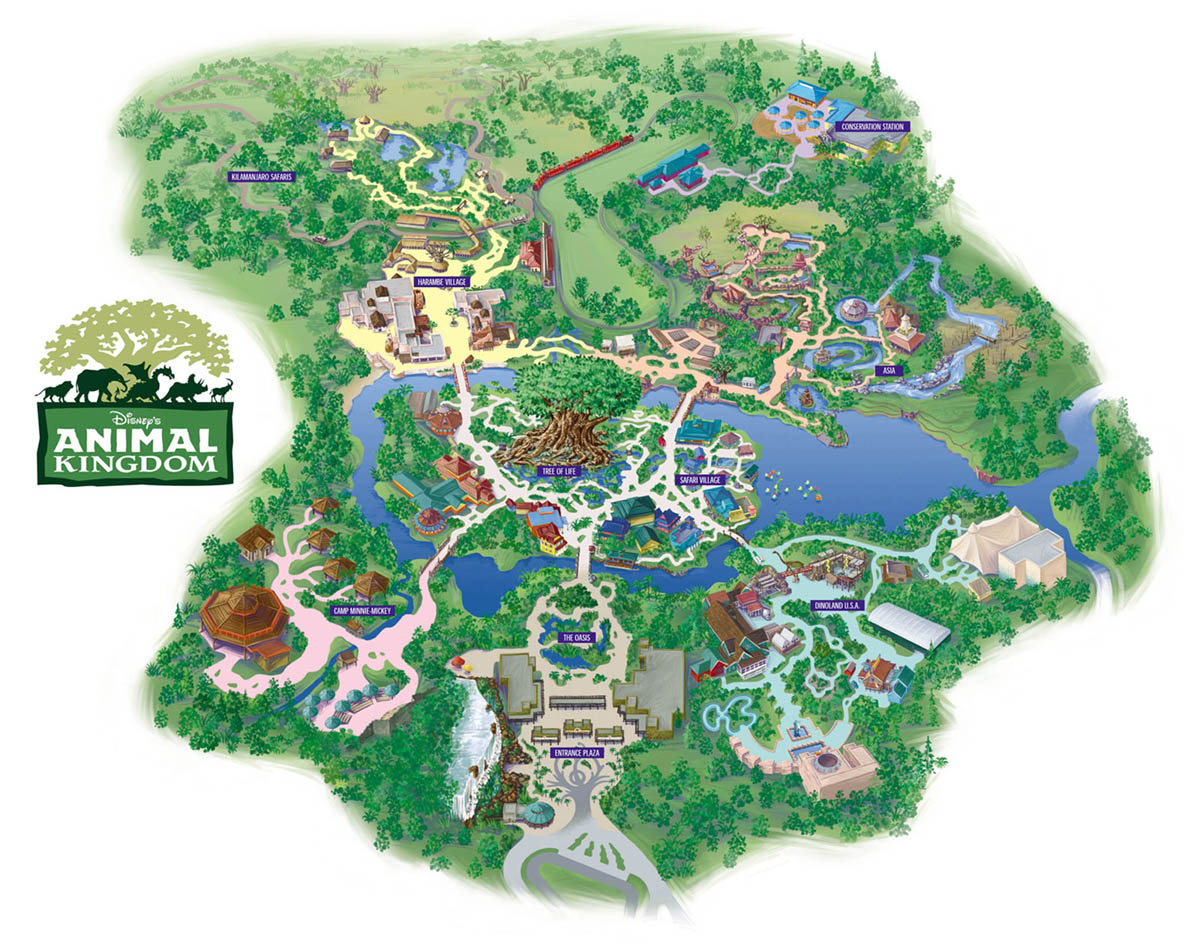Tampilkan postingan dengan label Disney39;s. Tampilkan semua postingan
Tampilkan postingan dengan label Disney39;s. Tampilkan semua postingan
Sabtu, 03 Desember 2016
Animal Kingdom, Disney Animal Kingdom Disney39;s Animal Kingdom
Minggu, 27 November 2016
Indulge Inspire Imbibe: Disney39;s Animal Kingdom
 Animals are multicellular, eukaryotic organisms of the kingdom animalia (also called Metazoa). All animals are motile, meaning they can move spontaneously and independently at some point in their lives. Their body plan eventually becomes fixed as they develop, although some undergo a process of metamorphosis later on in their lives. All animals are heterotrophs: they must ingest other organisms or their products for sustenance.
Animals are multicellular, eukaryotic organisms of the kingdom animalia (also called Metazoa). All animals are motile, meaning they can move spontaneously and independently at some point in their lives. Their body plan eventually becomes fixed as they develop, although some undergo a process of metamorphosis later on in their lives. All animals are heterotrophs: they must ingest other organisms or their products for sustenance.Disney World Animal Kingdom Tree of Life
Disney39;s Animal Kingdom 1
Disney39;s Animal Kingdom 1
Disney39;s Animal Kingdom 1
Rabu, 09 November 2016
at Disney39;s Animal Kingdom List of Top Disney39;s Animal Kingdom
Must See At Disney’s Animal KingdomKilimanjaro Safaris
Disney39;s Animal Kingdom 1
Animal Kingdom Villas Kidani animal picture, Animal Kingdom Villas
Animal Kingdom
Selasa, 01 November 2016
Disney39;s Animal Kingdom 1
Disney’s Animal Kingdom, Orlando FL
Animal Kingdom Animals DSC00279
Disney39;s Animal Kingdom 1
at Disney39;s Animal Kingdom List of Top Disney39;s Animal Kingdom
Jumat, 21 Oktober 2016
Disney39;s Animal Kingdom 1
 The word "animal" comes from the Latin animalis, meaning having breath, having soul or living being. In everyday non-scientific usage the word excludes humans – that is, "animal" is often used to refer only to non-human members of the kingdom Animalia; often, only closer relatives of humans such as mammals and other vertebrates, are meant. The biological definition of the word refers to all members of the kingdom animalia, encompassing creatures as diverse as sponges, jellyfish, insects, and humans.
The word "animal" comes from the Latin animalis, meaning having breath, having soul or living being. In everyday non-scientific usage the word excludes humans – that is, "animal" is often used to refer only to non-human members of the kingdom Animalia; often, only closer relatives of humans such as mammals and other vertebrates, are meant. The biological definition of the word refers to all members of the kingdom animalia, encompassing creatures as diverse as sponges, jellyfish, insects, and humans.at Disney39;s Animal Kingdom List of Top Disney39;s Animal Kingdom
Legs Eleven: Where in Walt Disney World: Animal Kingdom

Animal Kingdom
Legs Eleven: Where in Walt Disney World: Animal Kingdom
 Thank You for Visiting this Website
Thank You for Visiting this Website
Langganan:
Komentar (Atom)